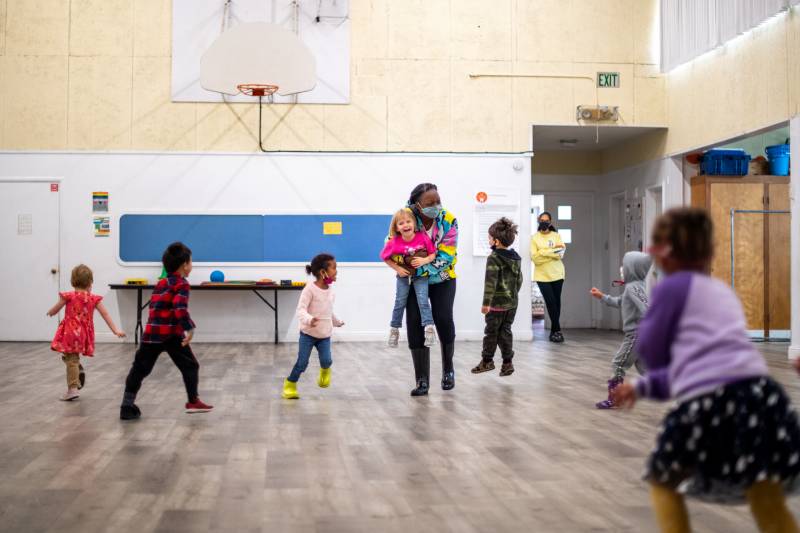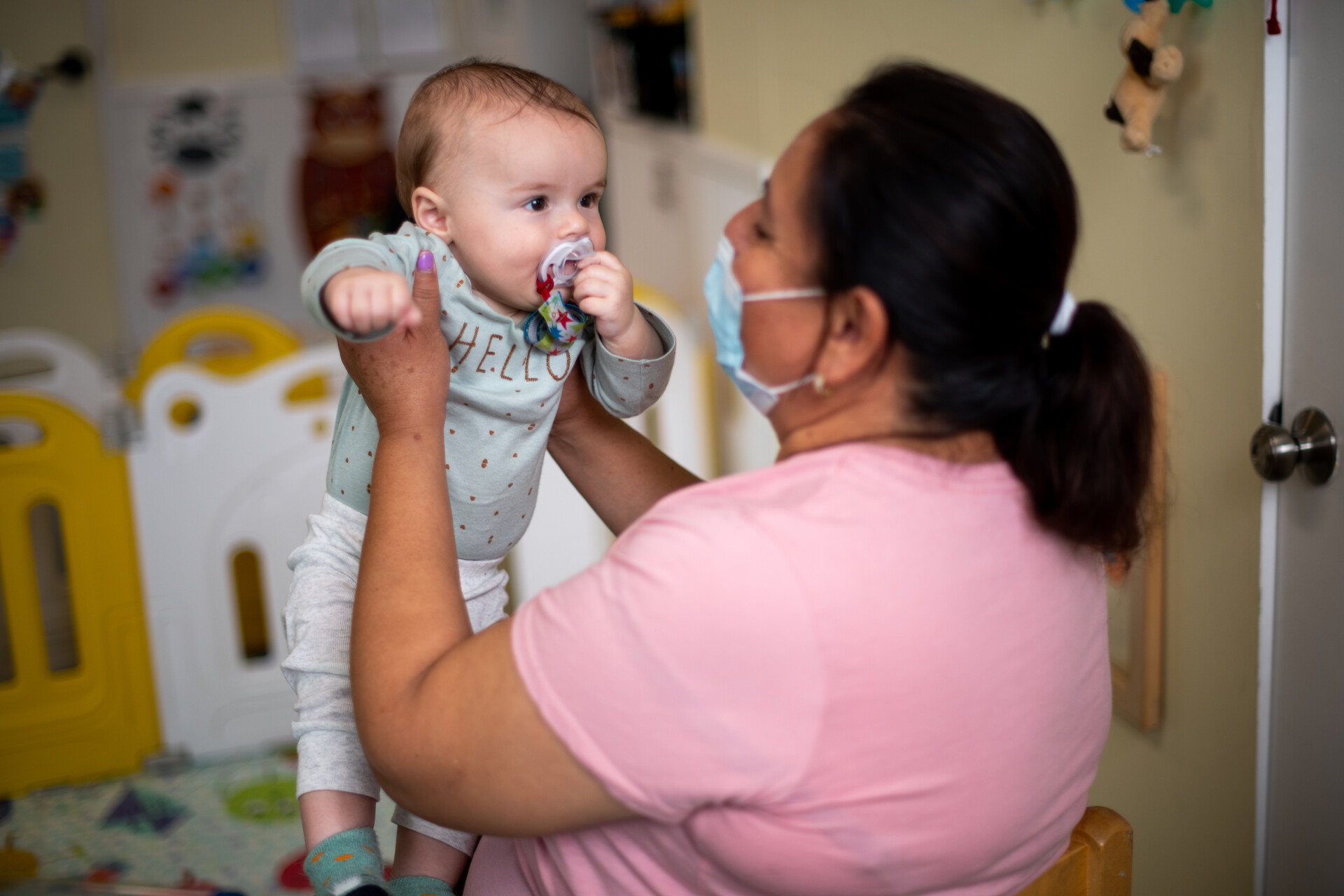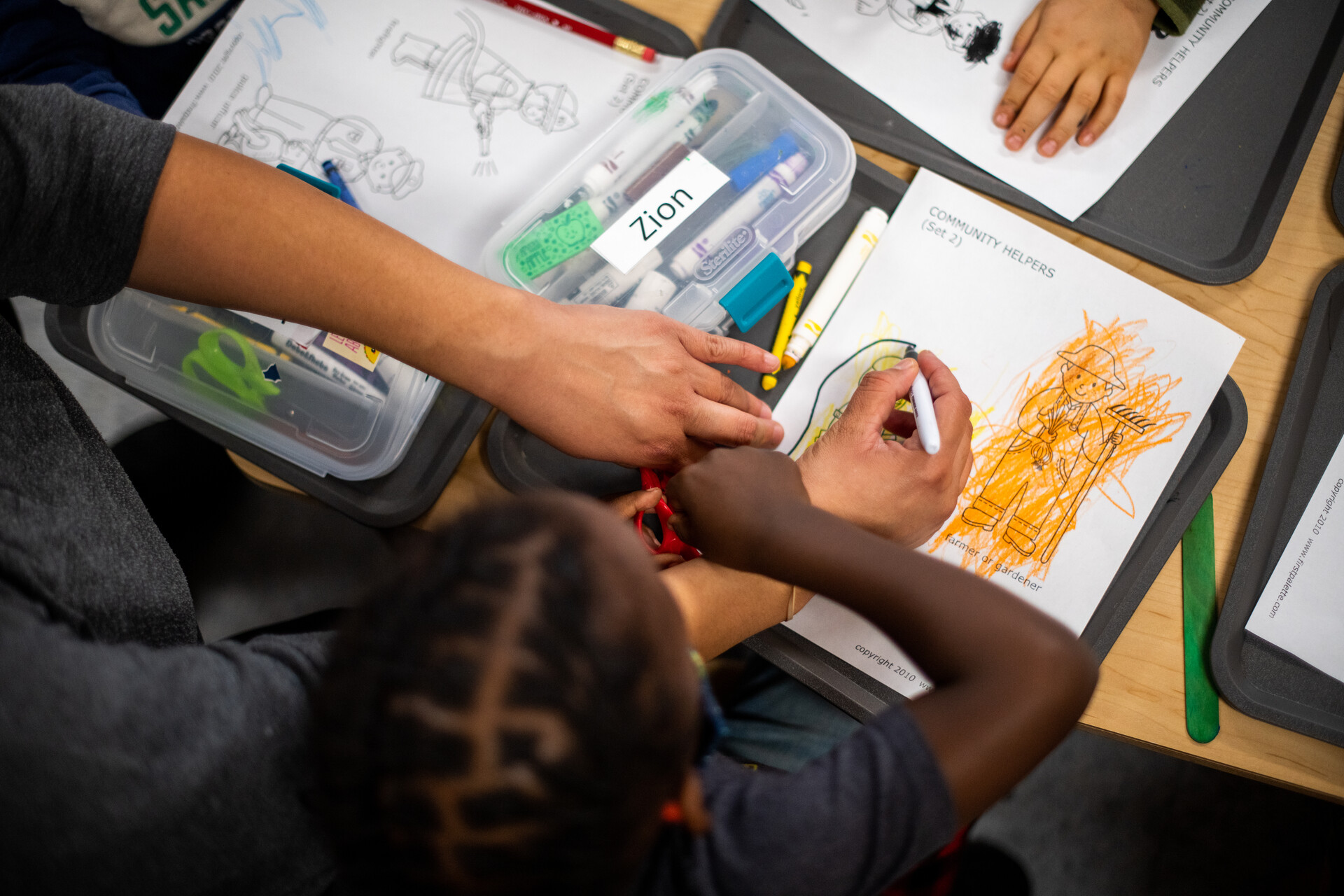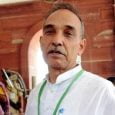
Universal preschool is coming to California in 2025, a major victory, years in the making for early childhood education advocates.
“It’s the biggest thing we’ve ever done in California for our youngest learners,” said Assemblymember Kevin McCarty, a Sacramento Democrat who led the push for universal preschool in California during the last decade.
McCarty is the architect of the $2.7 billion initiative, which was authorized as part of an education funding bill signed into law in July. The program, called universal transitional kindergarten, will be gradually phased in over the next five years on public school campuses, expanding existing TK classrooms until it covers all 4-year-olds in the state. By the 2025-26 school year, at full implementation, the program is expected to benefit 300,000 children, according to McCarty’s office.
“This is a game changer,” McCarty said.
But Makinya Ward is not celebrating.
As a new mother, the San Leandro resident struggled to find quality preschool for her children. She wanted them to grow and develop through play, and also be nurtured by caring teachers. When she couldn’t find a suitable child care center, Ward started her own in 2009.

Twelve years later, Ward runs five centers, serving 165 children from infants to 5-year-olds in Alameda and San Mateo counties. But the state’s newly minted plan could undo all that.
While advocates celebrate the addition of this new grade level to the public school system, many of those who currently provide much of California’s early childhood education options, often women of color like Ward, are worried they will be nudged out of the equation.
Fear of losing students
Early childhood education in California has long been a hard-to-navigate patchwork of government-run preschools, private and nonprofit centers, and family child care sites that are run out of providers’ homes. The state pays for the children from the lowest-income homes, and quality varies widely. The state’s new universal TK program is designed to streamline options, improve quality and reach more children.
Yet, in an ironic twist, Ward and other preschool directors fear the universal program could result in less care for infants and toddlers, as private centers might not be able to survive financially if they lose their 4-year-olds to the free school-based program.
Ward worries she will lose up to a third of her little students — many if not all of her 4-year-olds — causing a significant loss of income that could leave her unable to continue paying the rest of her teachers.
The business model for preschools is unique, affected by laws that mandate a higher ratio of teachers needed for the youngest children.
In California, child care centers are required by law to have one adult present for every four kids under age 2, while the ratio for 4-year-olds is one adult for every 12 kids.
“You take a loss on infants and toddlers and you make a marginal gain on 4- and 5-year-olds,” said Dave Esbin, executive director of California Quality Early Learning, or CQEL, a nonprofit that supports community-based child care providers.
Losing tuition from older children will cut into the small padding preschools have to help cover the more expensive care of children under 2.

“It will be difficult for us if we are no longer able to serve 4-year-olds, because we depend on those tuitions in order to pay for the expense of the younger children,” Ward said.
In 2019, there were about 290,000 4-year-olds in early childhood education programs, according to American Community Survey data analyzed by the Population Reference Bureau for this story. As many as 200,000 of those 4-year-olds could potentially leave private day care centers for free public school TK come 2025.
“TK extracts the one age group that [private] providers depend upon for stability, so many providers will close forever in the coming years,” Esbin said. “Those that don’t close will need to raise infant and toddler tuition to survive, which will be completely unaffordable for even more families.”
In other words, parents might win by having free preschool for their 4-year-olds, but that could potentially come at the cost of losing care for their younger children.
Seeking a middle ground
It didn’t have to be this way, Ward said.
“I feel like those of us who provide the care were not invited to the table to talk about some ways that we could work collaboratively so that we would minimize the impact and effects on families,” she said.
The civil rights group Advancement Project California was at the table during negotiations with lawmakers, pushing for an equitable universal TK plan that would prioritize the state’s many children of color who typically have not had equal access to early childhood education. Khydeeja Alam, the group’s senior policy and advocacy director, acknowledges that many preschools and family child care centers run by women of color will suffer if they are not meaningfully included in the state’s plan.
“Those were some of the toughest conversations we had with the Legislature,” Alam said.
As it stands, the state’s new transitional kindergarten offerings will be available at existing public schools. Ward supports a model where centers like hers could also provide the preschool programming that the state pays for, similar to what exists in New York City, in what’s known as a “mixed delivery system.”

But there are challenges with this model, too. When universal preschool was opened to both public and private providers in New York City in 2014, many private providers shifted to serving more 4-year-olds to benefit from the stable income it provided, while cutting back on more costly infant and toddler care. The result was a deficit in child care available for children under 2.
There has to be a middle ground, Alam said.
“I just don’t see school districts taking on the whole responsibility of UTK on their own,” she said. “We don’t have enough facilities. We don’t have enough teachers. So this is really an opportunity for private providers and school districts to work together.”
Esbin, of CQEL, suggests that private providers be allowed to continue serving 4-year-olds, possibly as contractors hired by the local school districts receiving the new state funds. “Other states have implemented mixed-delivery systems and included the entire child care community to take part, and that’s what you have to do to create a healthy child care system to serve all communities,” Esbin said, pointing to Maryland as one example.
[“source=cnbc”]




